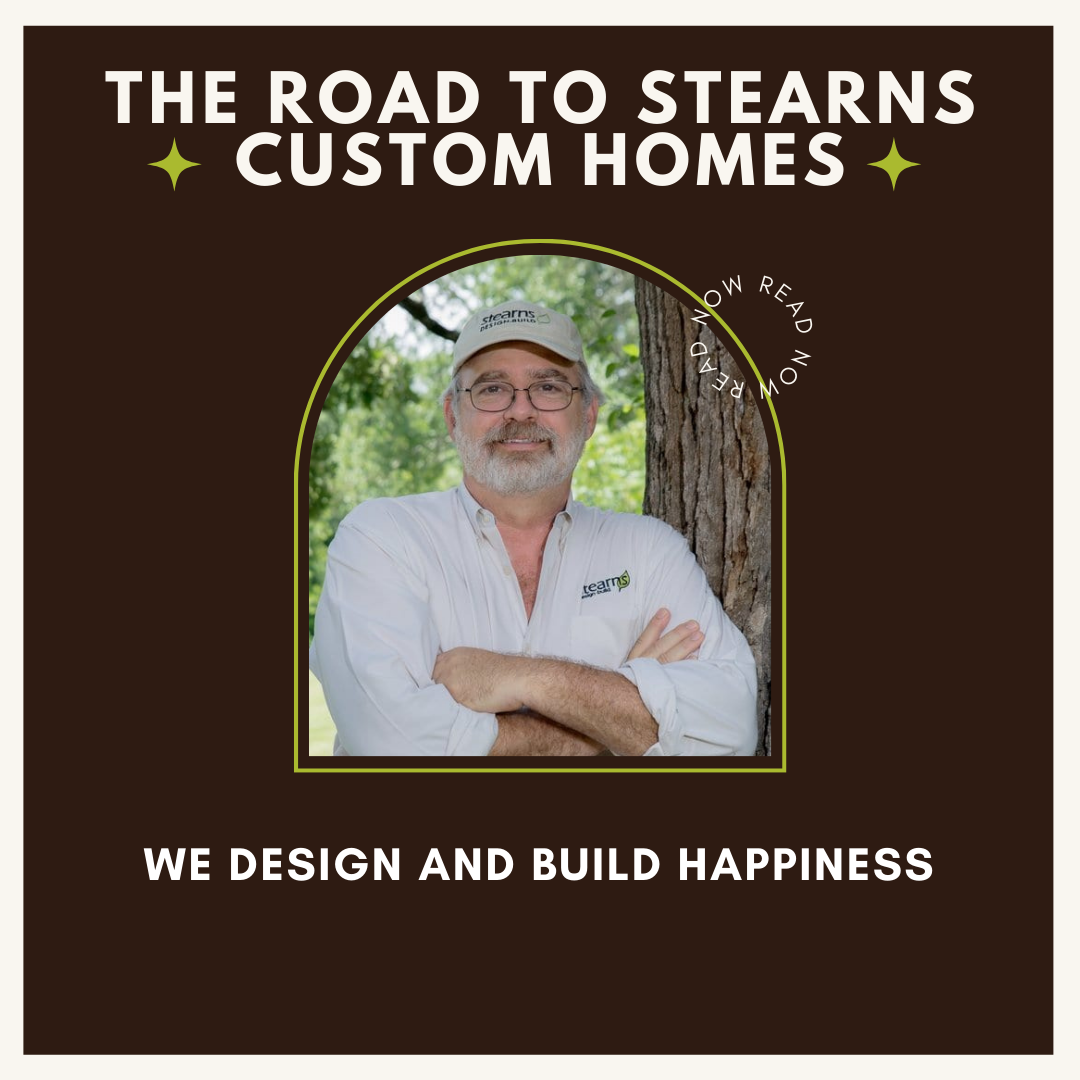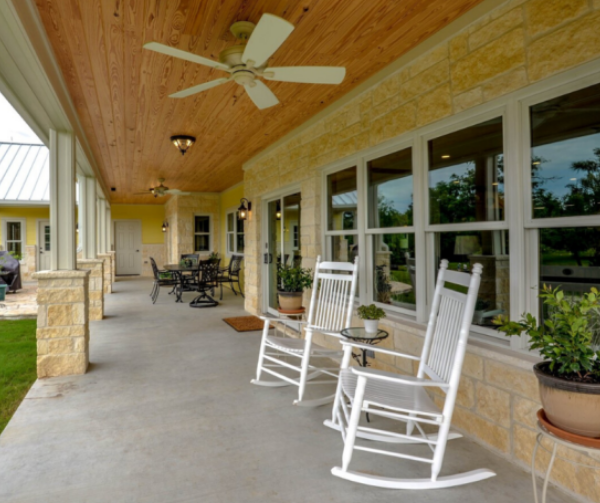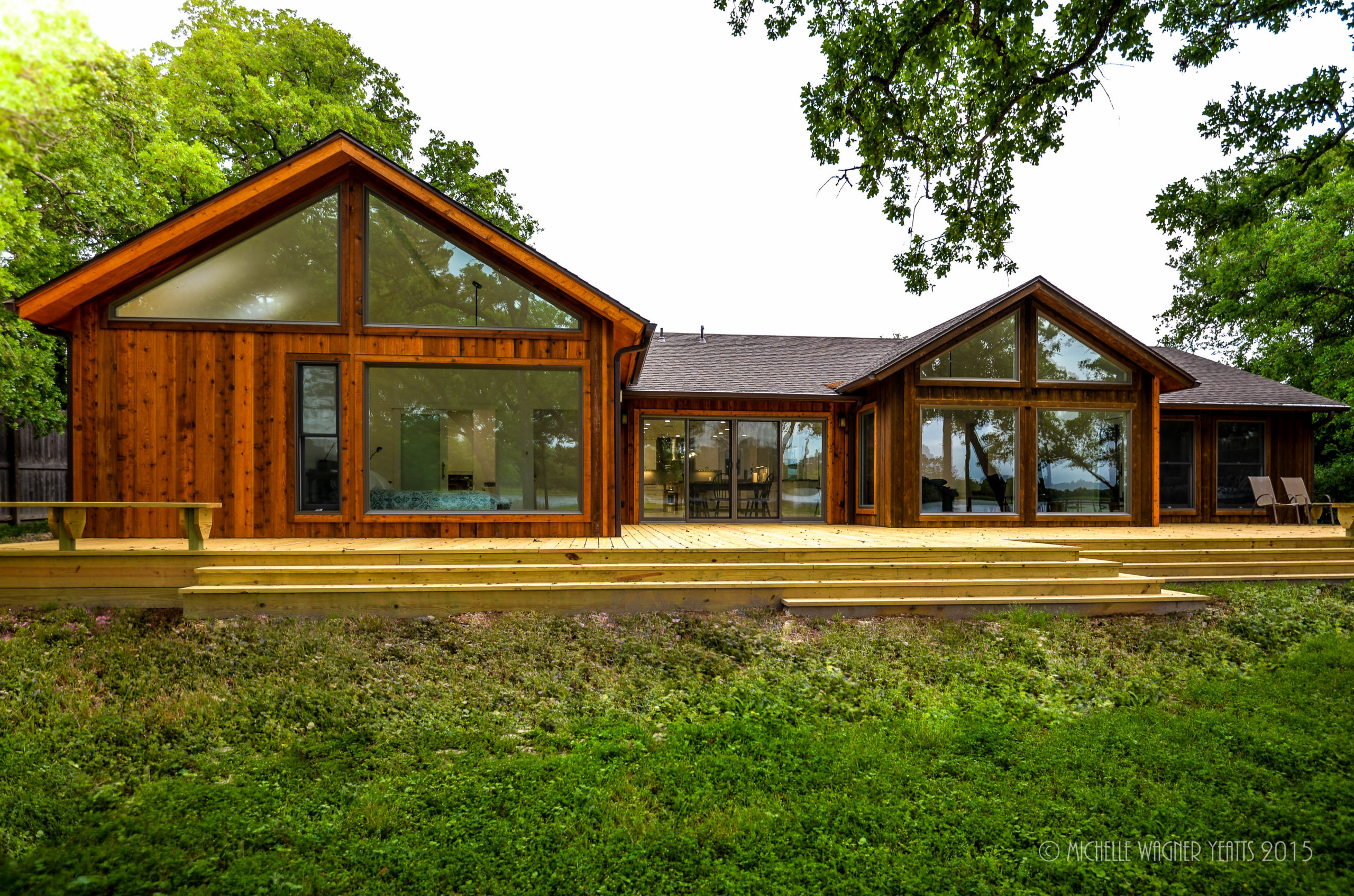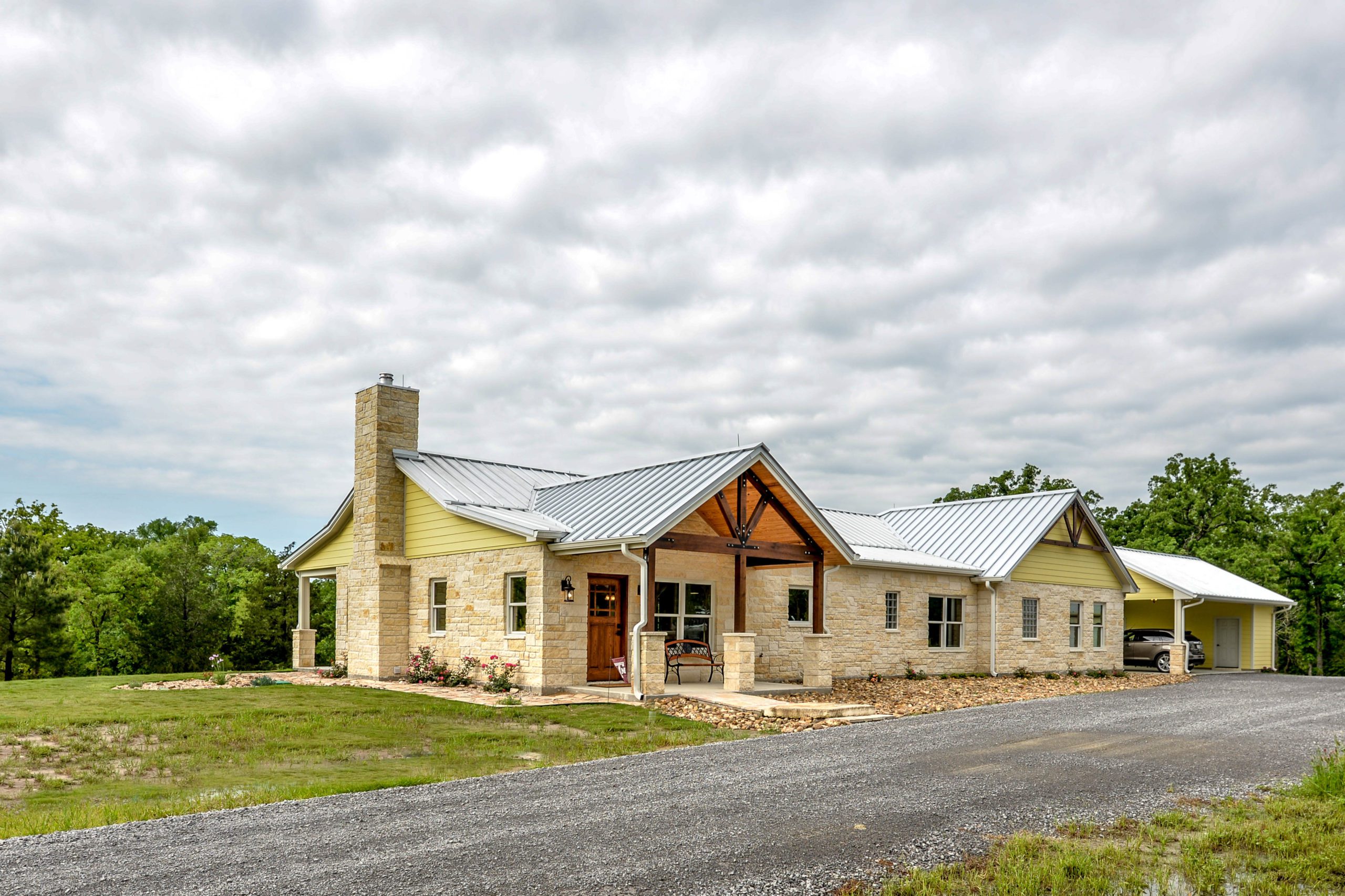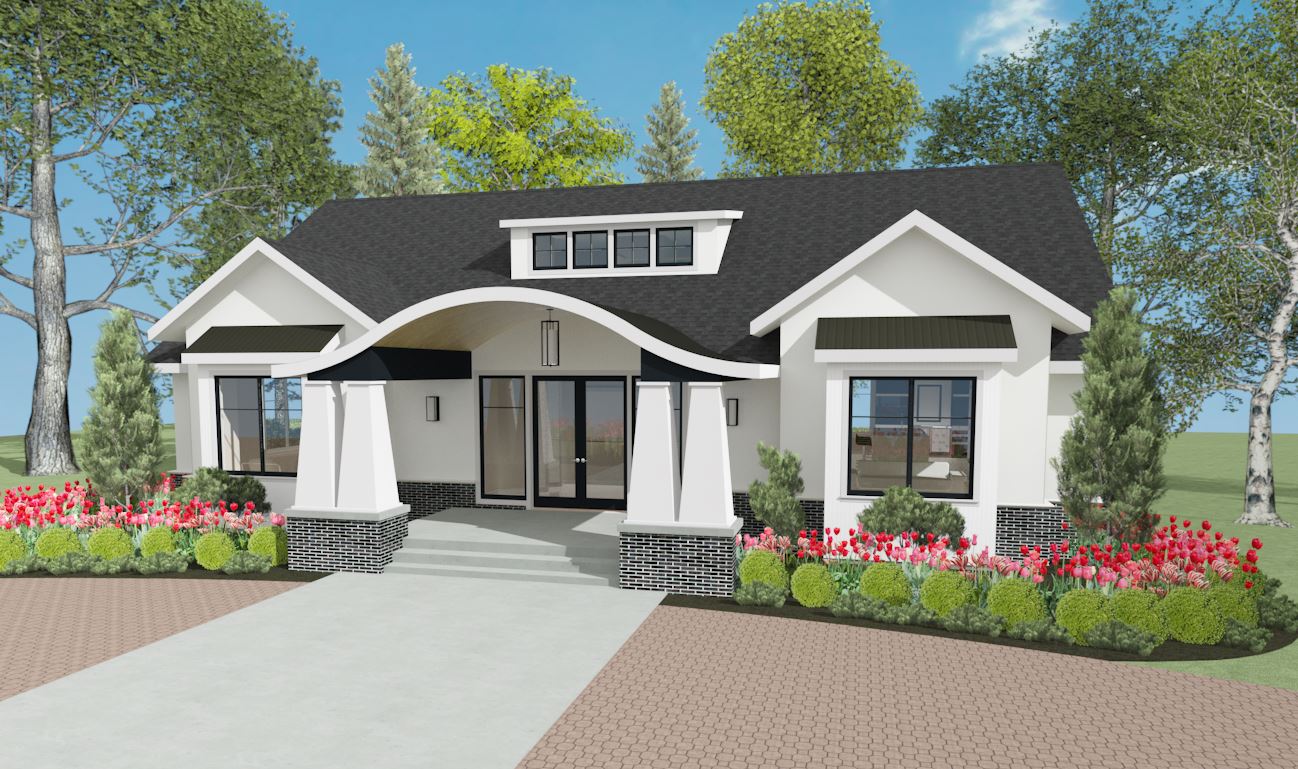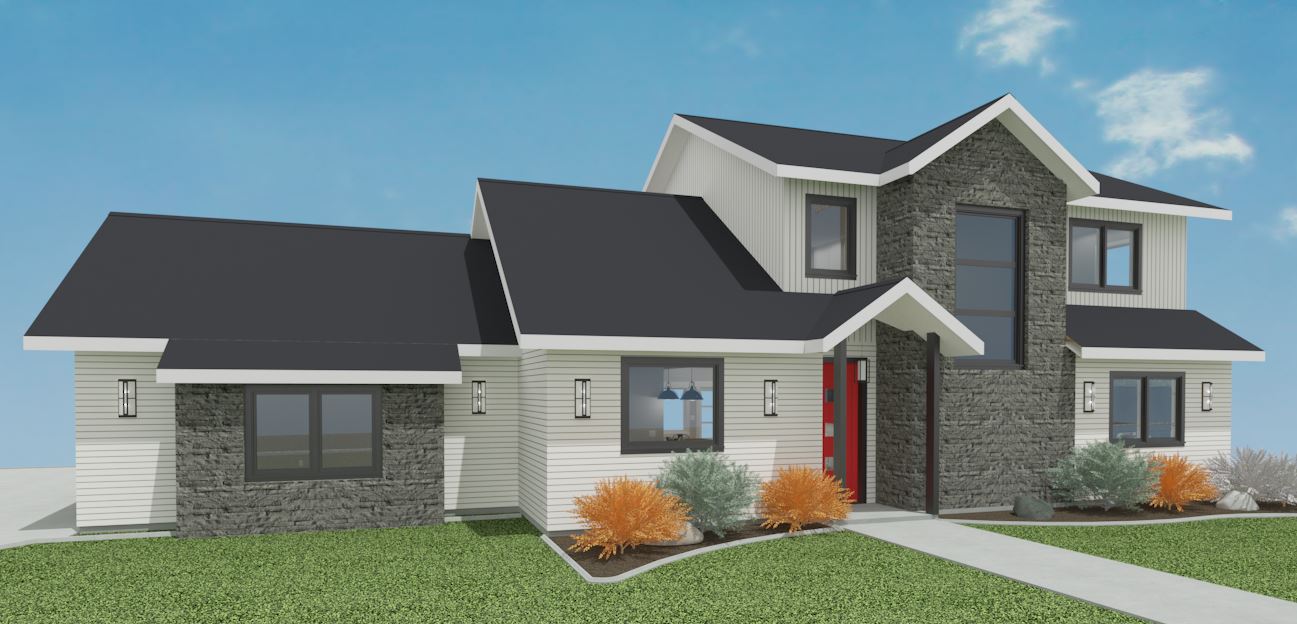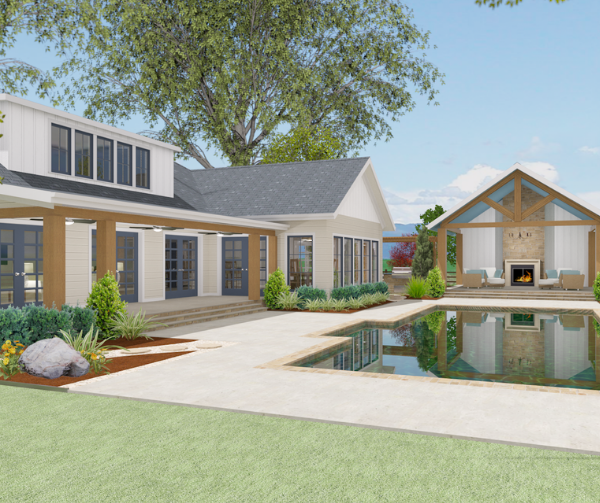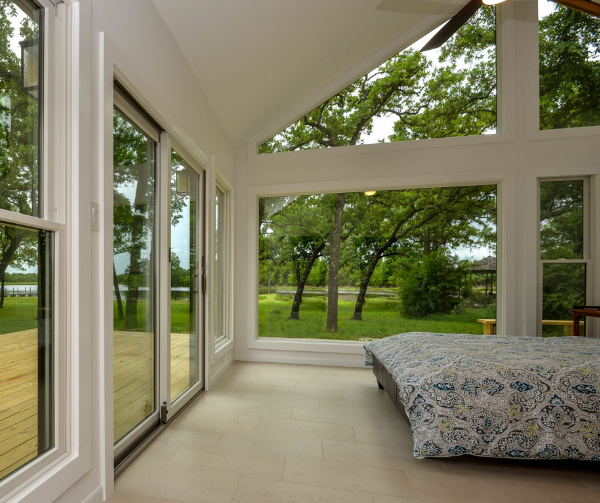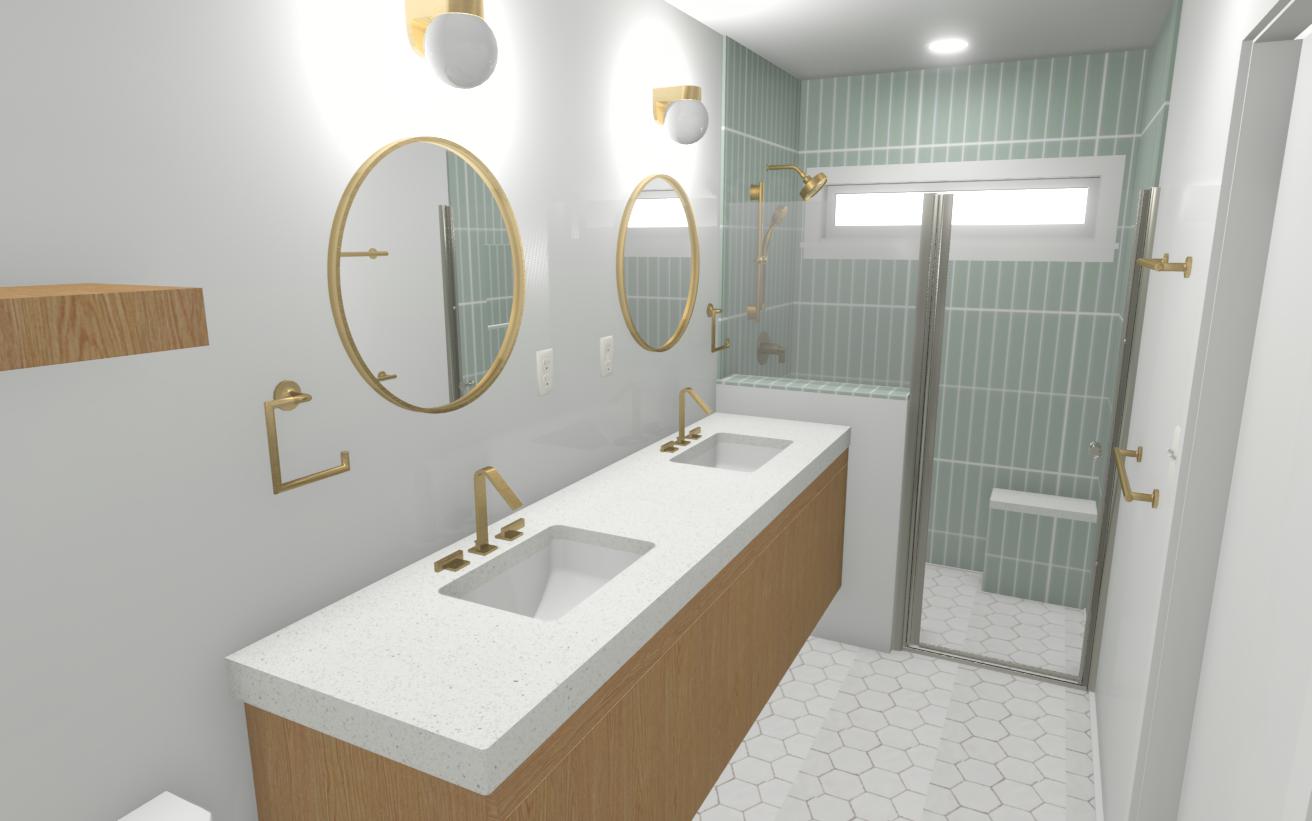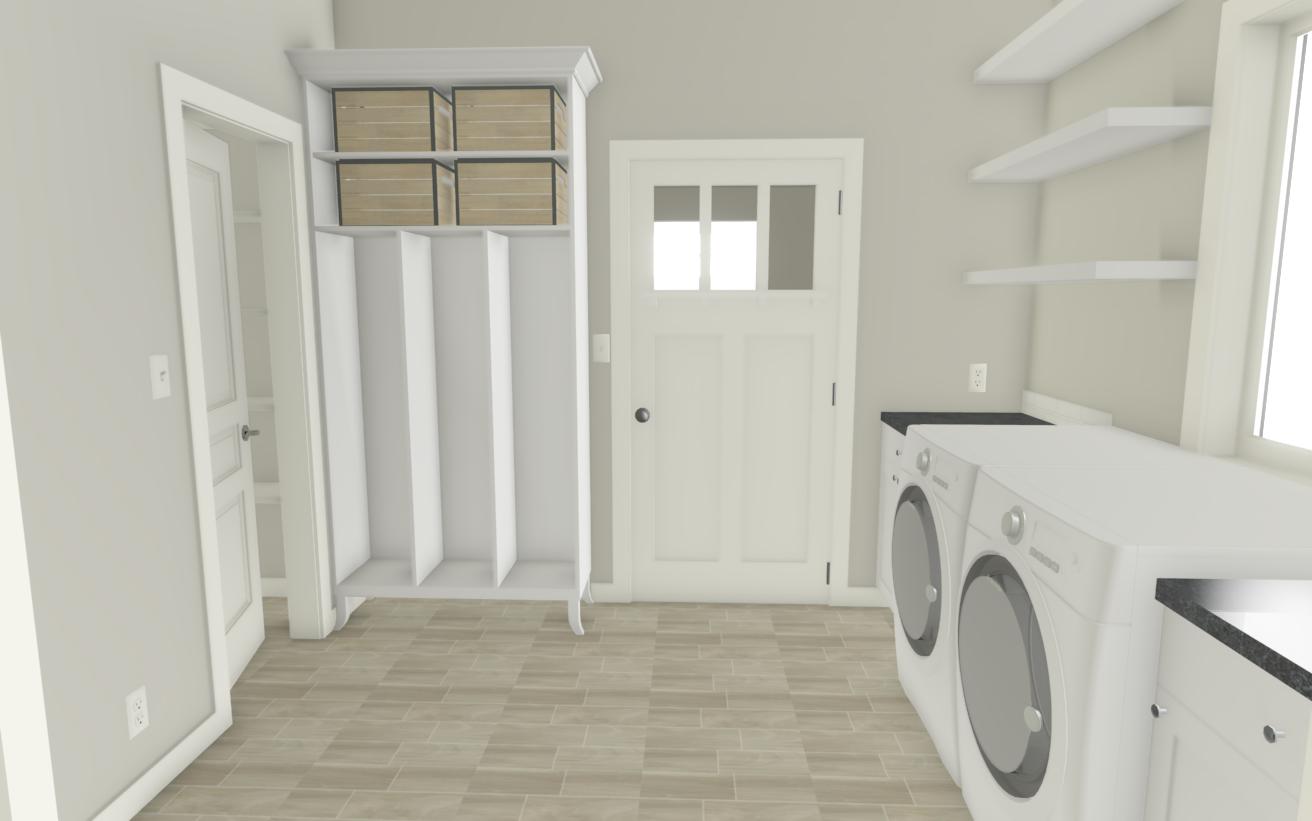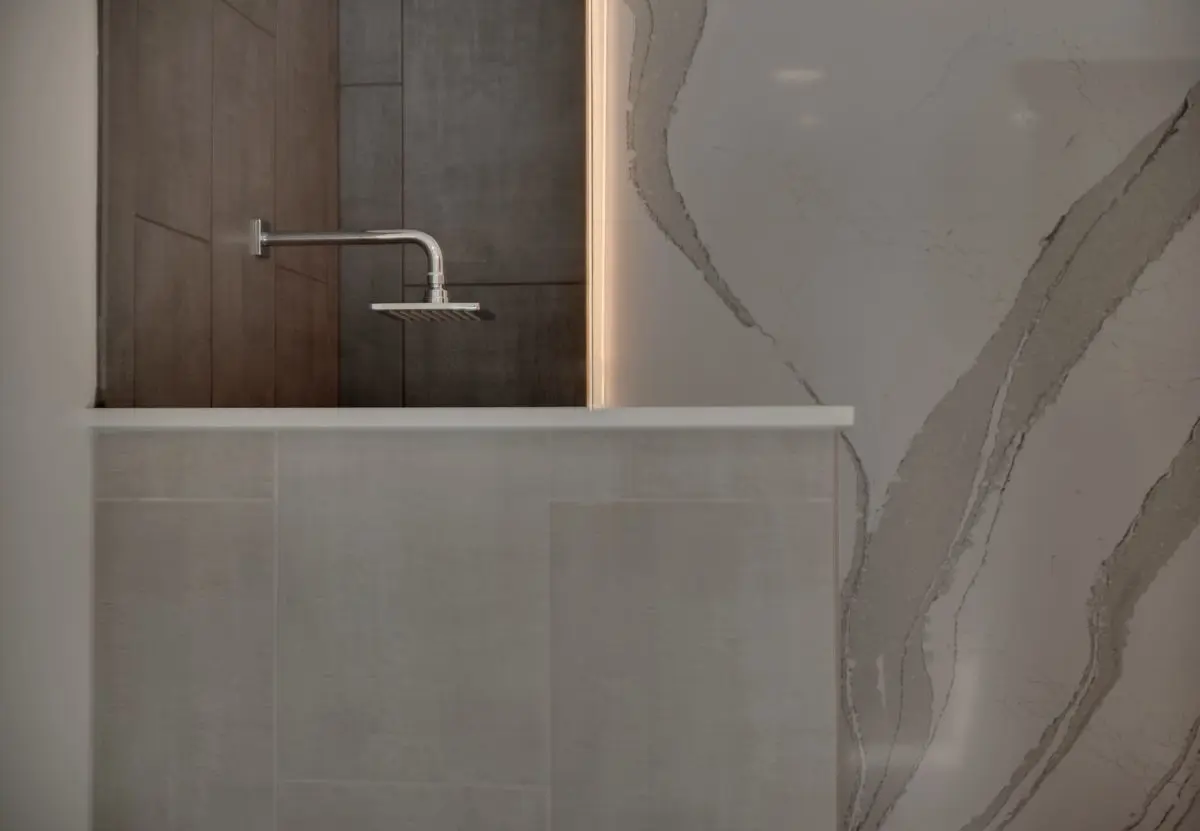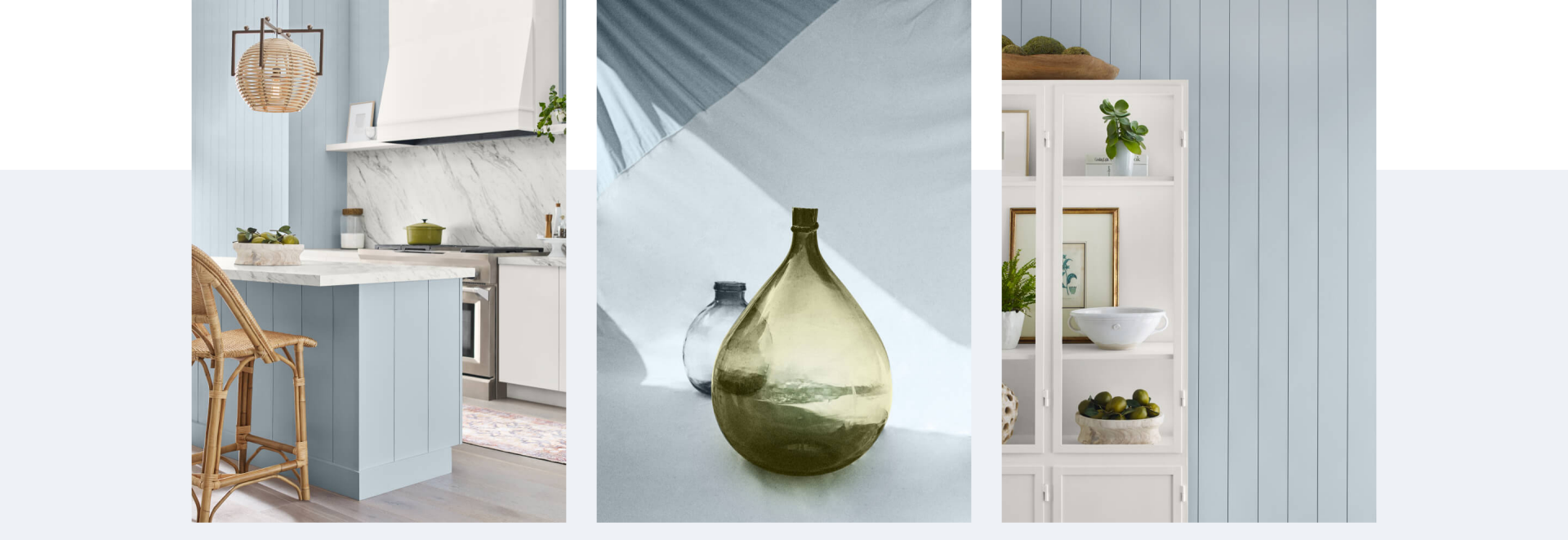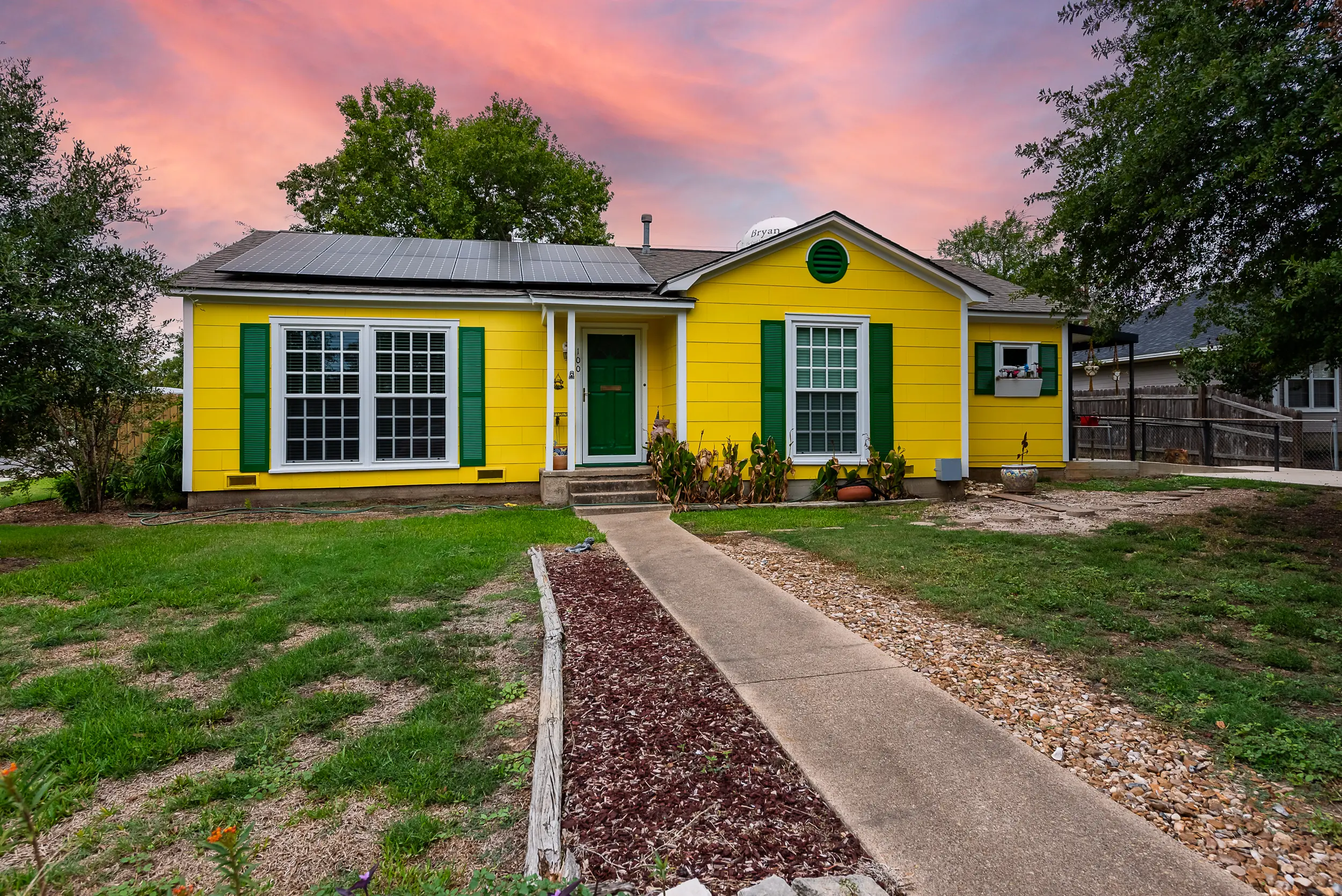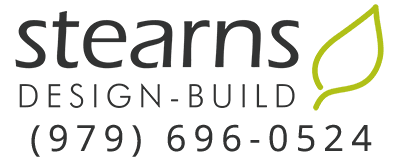In 1993, I graduated from Texas A&M with a degree in Psychology. Waiting to start graduate school the following year, I started taking on remodeling jobs. Having worked my way through college as a carpenter, this was familiar territory for me. Soon I had a couple of guys working for me and a fair amount of work lined up. Graduate school could wait.
For the next five years, I continued to put off graduate school, until it finally occurred to me that this was more than idle procrastination. I liked what I was doing and I was learning a great deal about building science, customer service, and the general requirements of running a business. I figured that if I was going to have a business, I should treat it with the same seriousness that I would have treated graduate school. In addition to all that I had been learning, I began to think about an approach to design.
In school, I had read a couple of studies that stuck with me. These studies showed that people who know what time the sun rose and set and those who knew what phase the moon was were consistently reported being significantly happier than those who did not. As I thought back on these papers, it occurred to me that we can design spaces that make it more likely that people know these things. In other words, we can design spaces that inspire happiness.
With this in mind, I began to think about other ways in which design can impact wellbeing. I was fortunate that at about that same time there were some significant studies linking a connection to nature with health and healing in hospitals. Later I found studies making these kinds of connections on an urban scale. While most of this work had been done on institutional and urban scales, the same variables could be brought to bear on a residential scale.
One of our focuses was “green” building. As such, we were intent on recycling (remodeling) homes and not building new. Early on, every time we were asked to build a new home, we would consider it and turn it down. But eventually, we relented. Designing a home from scratch was seductive. It was the difference between heating up leftovers and planning and preparing a whole meal.
Over the years we built a few new homes, including the first net-metered new home in Brazos County. But the process and business of remodeling are quite different from that of new homes. About five years ago, we put a moratorium on building new homes. Our goal was to grow the remodeling division to a certain size and operational efficiency and then bring back a new homes division.
We are so excited to announce that we are bringing custom homes back!
We wanted to bring our full focus and deliberateness to our sense of design, which we call Transitions, as it serves to create physical and visual transitions into nature and community providing the transcendence that evokes health and happiness. This requires a design process more elaborate than is required for remodeling.
Following the Transitions approach to design, we are also careful to design outside space as well as interior space. We create spaces that invite you outside. A home that easily flows into outdoor spaces can often be smaller than a home that ignores outdoor living.
There is a good deal of return on reducing the space under the roof. Obviously, it is less expensive. It also will require less maintenance, cleaning, and utility cost. These advantages become even more valuable as we age.
The market model for most home builders is to reduce the cost per square foot. Both new and previously owned homes are marketed by their cost per square foot. Modern home construction is personified by what has become known as builder-grade materials. That is materials that are intended to last only as long as the short builder warranty period. This makes homes essentially disposable.
A great deal of what we do in our remodeling division is replacing annoying builder-grade materials with higher-quality items that function better and last longer.
The equation of price per square foot only considers value at the time of purchase, but of course, other factors go into the value of a home such as durability, utility costs, aesthetics, and flow of space.
We will launch the new custom homes division in the spring of 2022. We will start designing only one home a quarter. The complete design process takes six months.
The Transitions approach to design incorporates modern building science in a form-follows-function approach. There have been tremendous advances in materials and building science over the last 25 years. Residential design has not adapted to these changes. There are significant opportunities to improve the aesthetics and efficiencies of homes once design becomes married to modern materials and building science.

